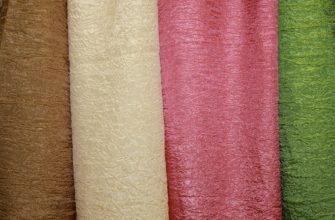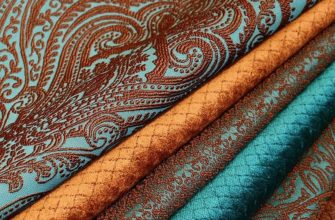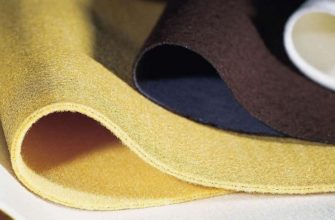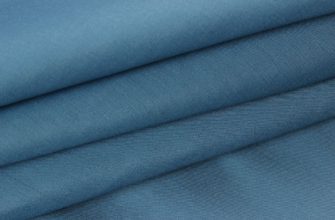Asbestos cloth is a collection of fine-fibered materials from the silicate group, which exist in nature as aggregates consisting of thin and flexible fibers. Translated from Greek, "asbestos" means indestructible or mountain flax.
From the history of fabric
Asbestos fabric has been known since the times of Ancient Rome and Greece. Then experts paid attention to fibrous non-woven material that resembled rotten wood. They decided to create a canvas from it. Over time, it also became clear that asbestos fabrics do not burn.
The Roman nobility loved to throw feasts, covering the tables with tablecloths made of such fabric. They did not need to be washed, it was enough to throw such a fabric into the fire. A few minutes later, a completely clean and undamaged tablecloth was taken out of the fire.

Interesting! Charlemagne loved to use asbestos fabric for political manipulation. He would throw a tablecloth into the fire in front of guests and pull it out clean and unharmed. People around him had no idea that the material did not burn due to its unique properties, and not as a result of magic. They thought that Charlemagne could control the element of fire.
Over time, asbestos became more and more popular. It was used to make hats, towels, and gloves.
Today, the production of asbestos fabric has been banned in some countries because scientists have concluded that it causes cancer.
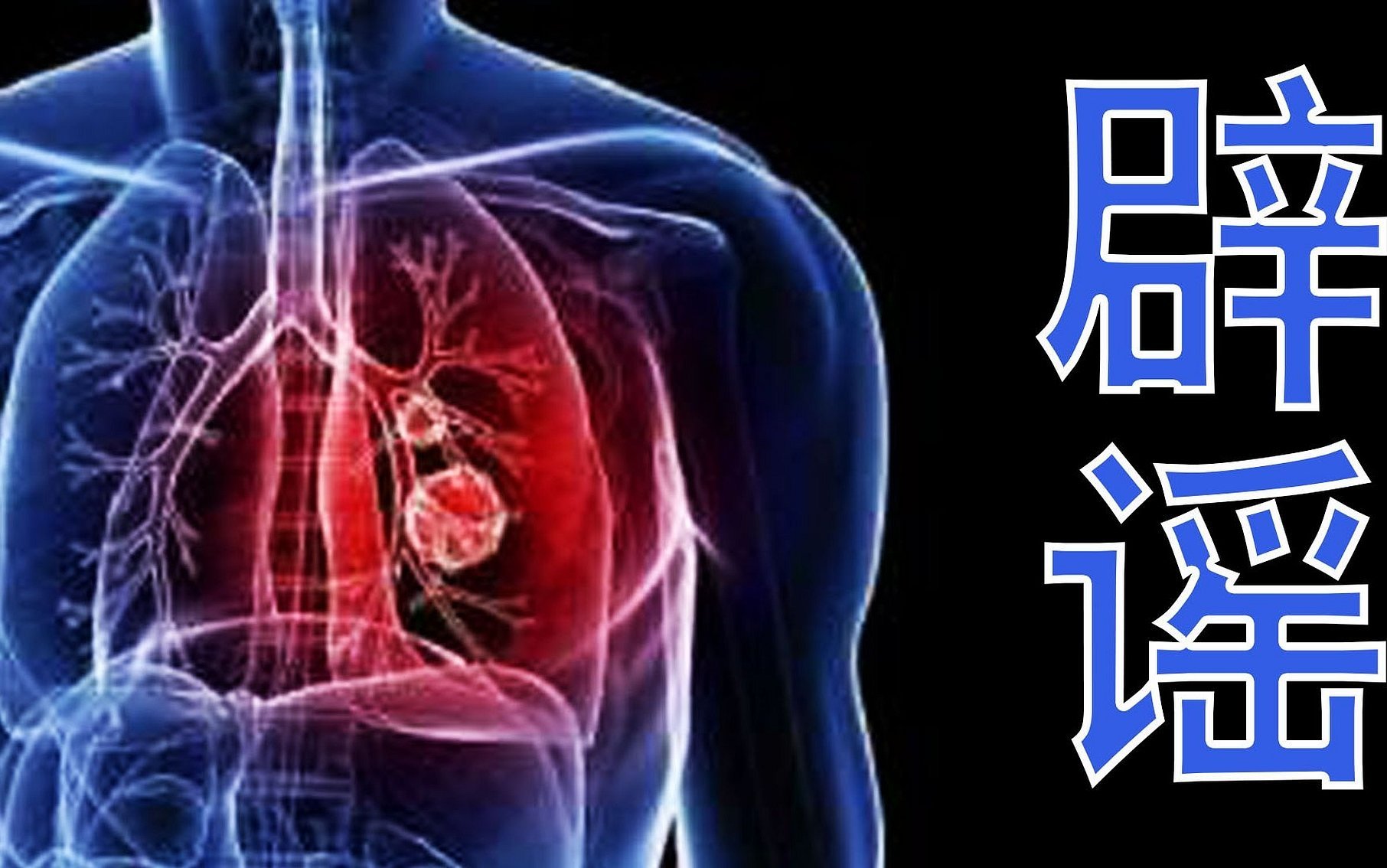
In Moscow, a decree banning asbestos mining has not been signed. Research has shown that this material causes cancer if a large number of fibers get into the lungs. This can happen during the extraction or processing of the material if all precautions are not taken and protective equipment is not used. However, in finished form, the products do not pose a health hazard.
Asbestos fabric production
Large deposits of asbestos are found in France, Italy, Japan, the USA, South Africa and Russia.
Before use, the fibers are combed well. Transverse and longitudinal weaving is used to make the fabric. In addition to asbestos, other fibers are added to the fabric. This can be lavsan, cotton, viscose. Basically, they make up no more than 18%.
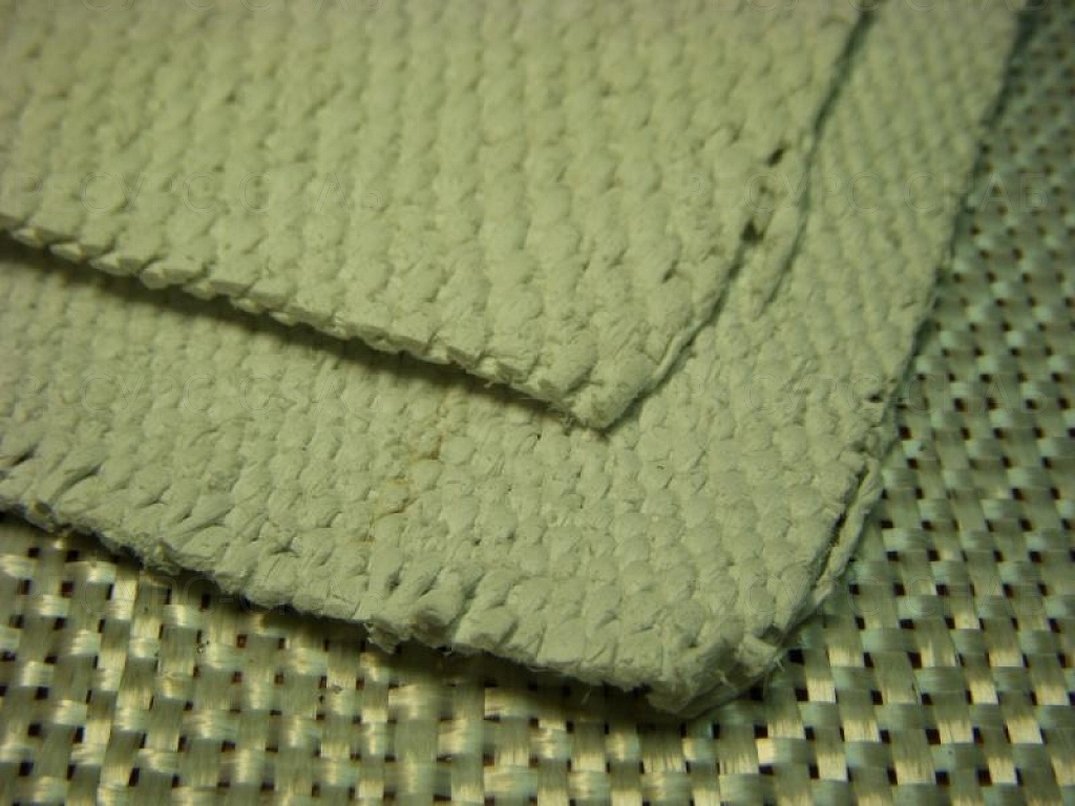
If viscose and cotton were added to the fabric, the guaranteed shelf life will be about 5 years, and if we are talking about polyester fiber, it will be 10 years.
Main characteristics of asbestos fabric
The main properties of asbestos material include the following:
- high heat resistance;
- low electrical conductivity;
- it is not affected by solar radiation, ozone and oxygen;
- has high wear resistance and strength;
- affordable cost.
Asbestos cloth has its own marking, on which its unique properties depend.
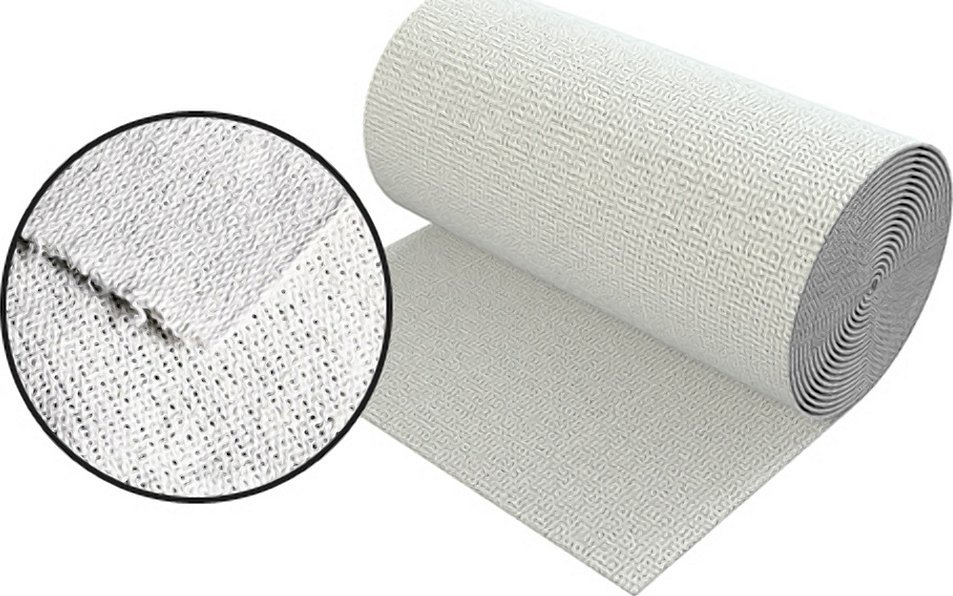
In total, several dozen varieties of this fabric are produced, which differ in density, smoothness, fiber thickness, cell size, etc. The main ones include the following:
- AT-4. Brass wire is added to it to bind the fibers. This brand is characterized by increased strength and resistance to high temperatures. Asbestos fabric AT-4 does not lose its properties even at a temperature of +4000 degrees. Such fabric is used in experimental conditions.
- AT-2. This brand is also resistant to temperatures of +4000 degrees. Cotton fibers are added to asbestos. Each layer of the fabric is well impregnated with resin, due to which the material has excellent thermal insulation properties.

- AT-3. The brand is almost identical to AT-2. Cotton is also added to this type of fabric, and it can withstand temperatures of about +4000 degrees. The fabric contains 81.5% mineral fibers.
- AT-7. The fabric contains 90% mineral fibers. It is used as a lining and heat-insulating material. The product does not lose its performance properties even at a temperature of +4500 degrees.
Please note! The largest amount of asbestos is contained in AT 6 and AT 16 grades (95%), which are used as a diaphragm during water electrolysis.
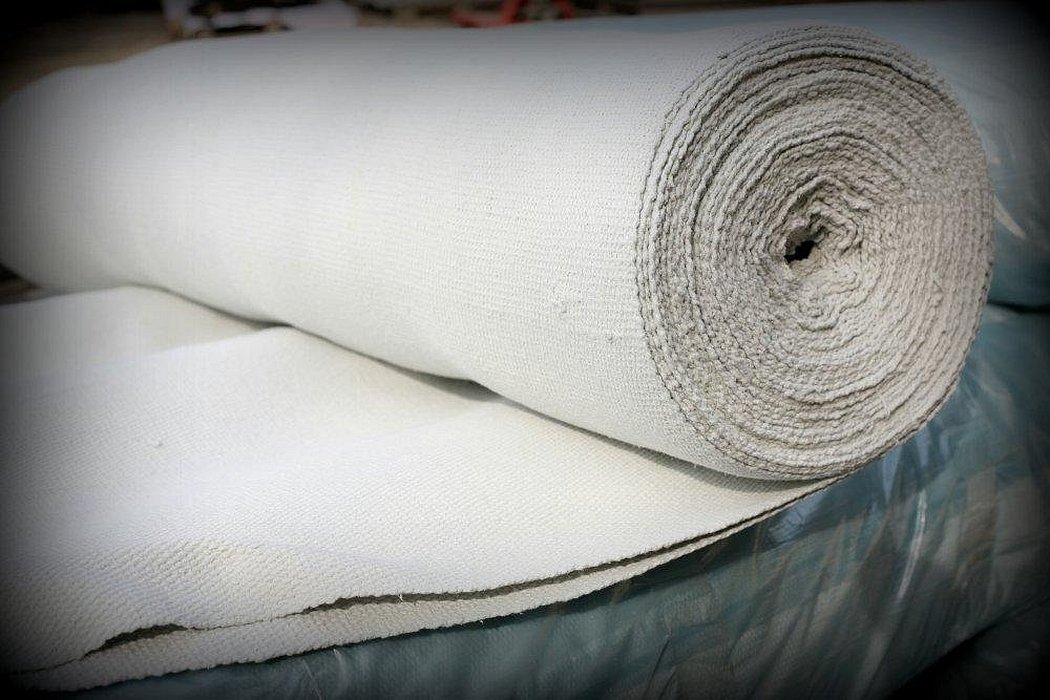
GOST 6102 94
The marking of asbestos fabric is established in GOST 6102 94, which states that the fabric is produced in rolls, the weight of one of which should not exceed 80 kg.
According to this document, each brand has its own parameters: surface density, thermal range of use, permissible loads, number of threads per 100 mm, dimensions by thickness and width.
Each brand roll is accompanied by a tag stating the following:
- the enterprise where the canvas was made;
- name and brand of fabric;
- roll width;
- batch number;
- date of manufacture;
- existing standard;
- technical conditions;
- the letter "T" which is placed on the labels of all tropical fabrics.

The document also specifies the standards for asbestos content in a particular brand of fabric, the permissible temperature conditions during operation, and the recommended area of application.
Safety requirements for working with this material are also specified in GOST. In production, the maximum permissible asbestos-containing dust concentration is a maximum one-time concentration of 2 mg/m³, and the average shift concentration is 0.5 mg/m³.
Important! Asbestos waste must be buried in pits, taking all necessary precautions to prevent dust from rising into the air. To do this, either water the substance or transport and unload the waste in bags.
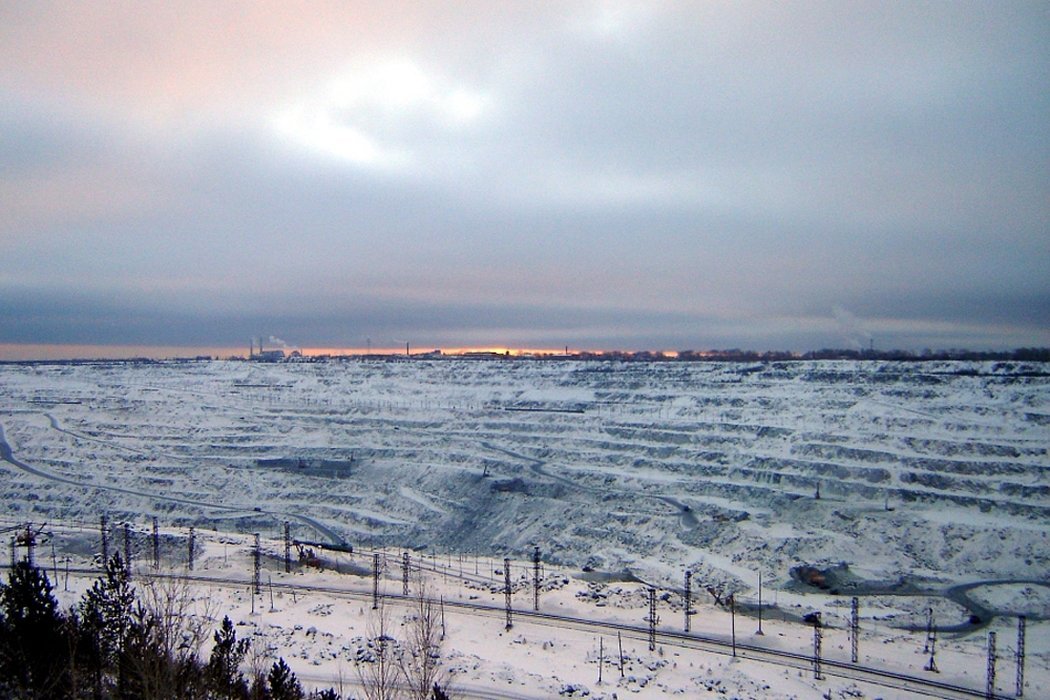
How to distinguish asbestos material
To understand that you have asbestos fiber in your hands, you should use a microscope. Thanks to it, you can see the inner diameter of the fiber, which reaches 13 nanometers, and the outer diameter, which is 26 nanometers. The fabric is elastic and rigid, and is characterized by roughness.
The natural color of the canvas has a pale shade. It is mainly white, white-gray or green-yellow. Sometimes the material is dyed in other colors, but natural canvases are more common.
Manufacturers are trying to replace asbestos fabric with other materials, but they cannot even compare with the original fabrics, as they are of poor quality.

Applications of asbestos fabric
Asbestos is widely used in various fields. In production, chrysotile asbestos is mainly used, which is included in more than 3,000 different products.
It is used in the production of the following:
- Roofing and wall products. It is added to cement to increase strength, and is also used to make sheets.
- Pressure and non-pressure pipes that have different diameters.
- Facade slabs.
- Asbestos-cement building materials.
- Filters, fabrics, cords, cardboard, i.e. a variety of thermal insulation and asbestos-based products.
- Rubber-technical materials. Asbestos fiber, which includes viscose or cotton, is used to produce rubberized fabrics.
- Asphalt concrete mixtures.
- Construction and drilling solutions.

Important! To increase the wear resistance of parts, asbestos with a fine fraction is used.
The material is a dielectric, so it is widely used for filling plastics and electrical insulators.
In production, in its natural form, it is used for filtration.
The use of this material in the field of welding is also becoming popular.
The canvas is often used to create fire shows.
Asbestos Care
Asbestos itself is not picky at all. All the rules for caring for it depend on what fibers are added to it. The fabric should be washed in water that is suitable for other fibers included in its composition. The same applies to ironing.
Asbestos cloth is a unique material and it is simply impossible to imagine the construction industry, industrial sphere and telecommunications work without it. No cloth can compare with its properties. After all, it perfectly withstands very high temperatures and is often used for fire protection purposes.
https://www.youtube.com/watch?v=28FbxA7RKHw

